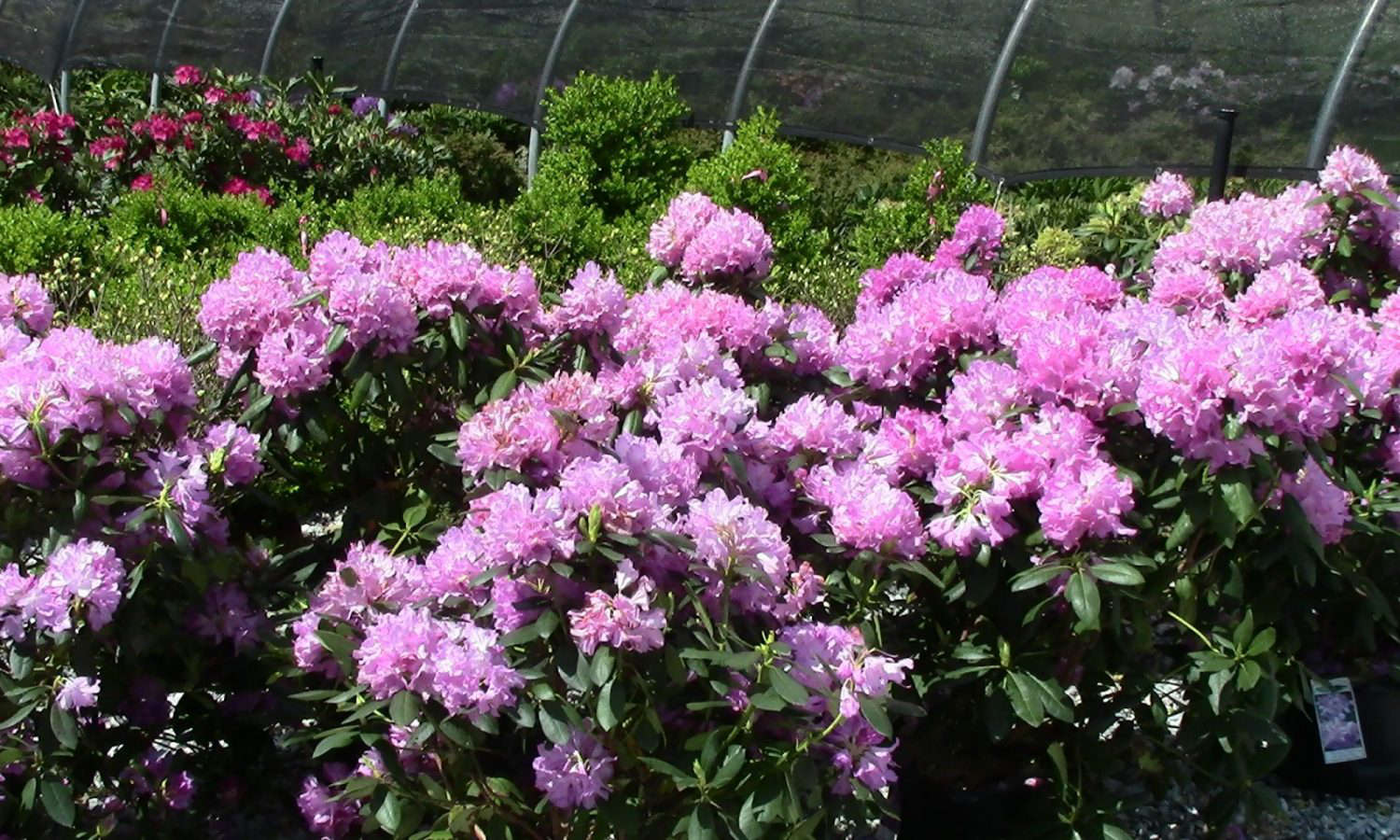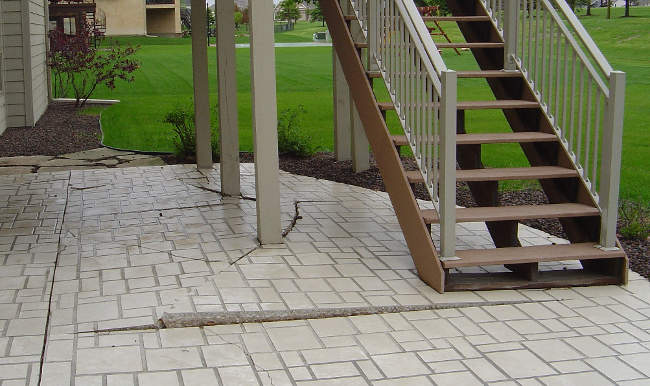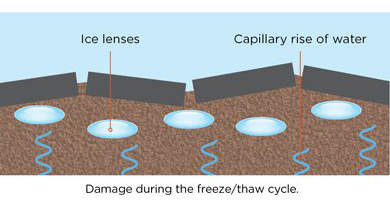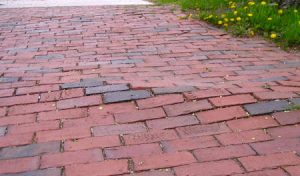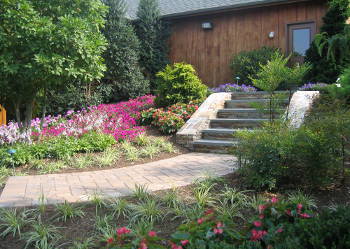
Retaining walls and landscaping are often used in commercial and residential premises. Walls assist with great elevations and slopes to hold back soil and prevent erosion. In landscaping, retaining walls that are low can be used for planting beds and add to the curb appeal of land that was previously flat.
Employing services of landscape designers to layout a retaining wall and landscaping project is important. Skill and keenness are needed to prevent the wall from leaning, bulging or cracking and becoming useless in the future. Keeping in mind the drainage, base, back fill, and height of the retaining wall is key before commencing construction.
Types of Retaining Walls
There are four major types of retaining walls. Putting them up will depend on the size to be erected, soil type and materials available.
1. Anchored Retaining Wall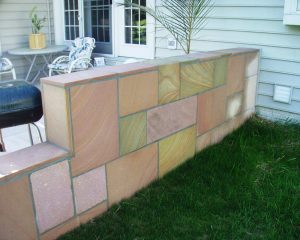
Anchors are mechanically directed into the soil attached by strips and cables to support an assortment of fronts of the retaining wall. Ends of anchors undergo expansion after pressurized concrete or other mechanical means are used to create this physical change. Anchored retaining walls are best for thinner walls.
2. Gravity Retaining Walls and Landscaping
Commonly used by landscapers, gravity retaining walls use mass and weight to keep the soil compact and prevent erosion. Materials used to erect these walls range from bricks, unmortared stone, pavers and dry-stacked stones. For shorter walls, reinforcement is done by digging a trench for the retaining wall to fit into.
3. Sheet Piling Retaining Wall
In areas with limited space, this wall is what you need. A very thin wall made of vinyl, wood or steel is driven in the soil at least 1/3 of the length. Additional reinforcement is done by erecting a corrugated structure vertically. This type of retaining wall is suitable for areas with softer and lighter soil. If you intend to put up a larger wall, strengthen the piling with an anchored retaining wall.
4. Cantilevered Retaining Wall
Usually taking an L-shape, cantilevered retaining walls have steel bars immersed in concrete or retaining walls from masonry attached to a slab foundation. The wall remains sturdy for a long time because the weight of the soil above exerts a lot of pressure on the slab.
Block retaining walls and landscaping are commonly used because the materials used during construction are easily available. The advantage of block retaining walls is their sturdy and durable aspect that makes it an investment. You can now seed your field and with time you will have a lawn growing on healthy conserved soil. This area of landscaping conserves the environment by preventing the occurrence of rills and gullies caused by running water.
